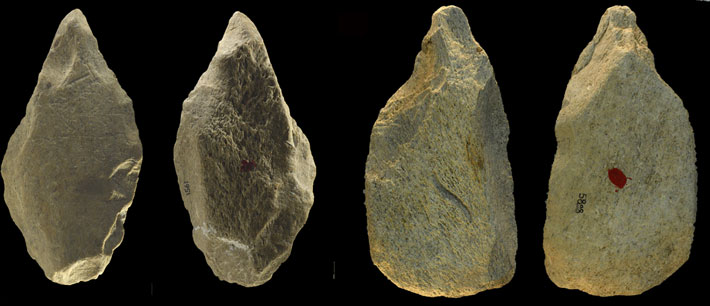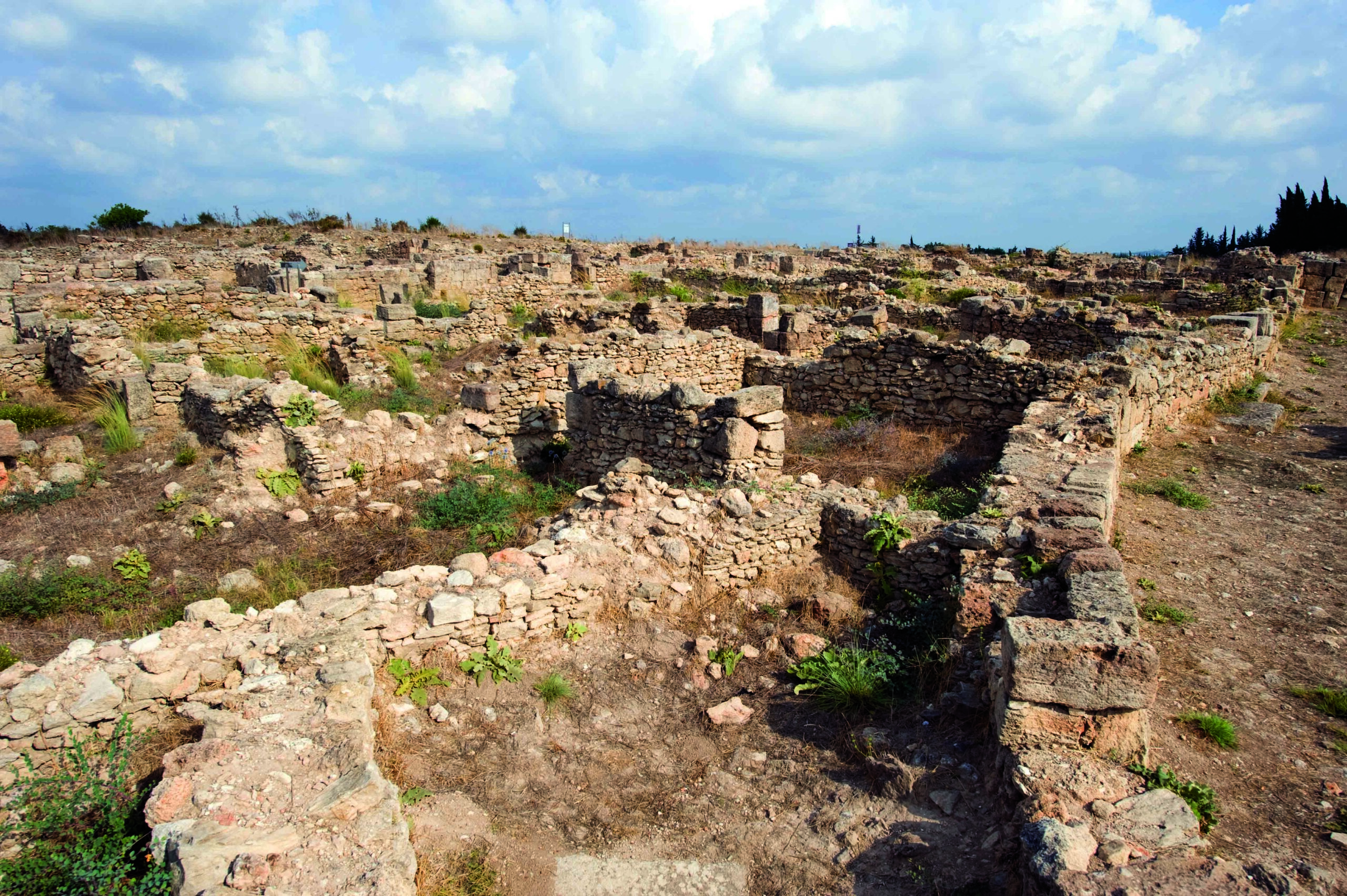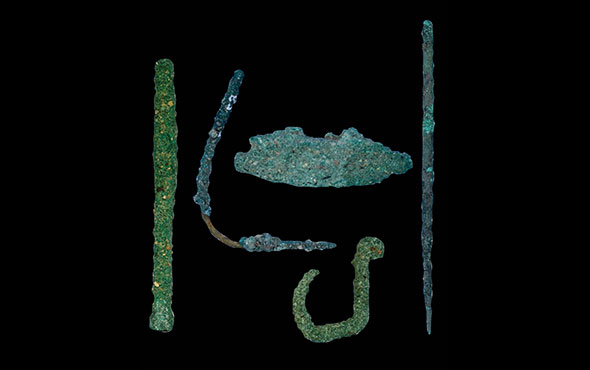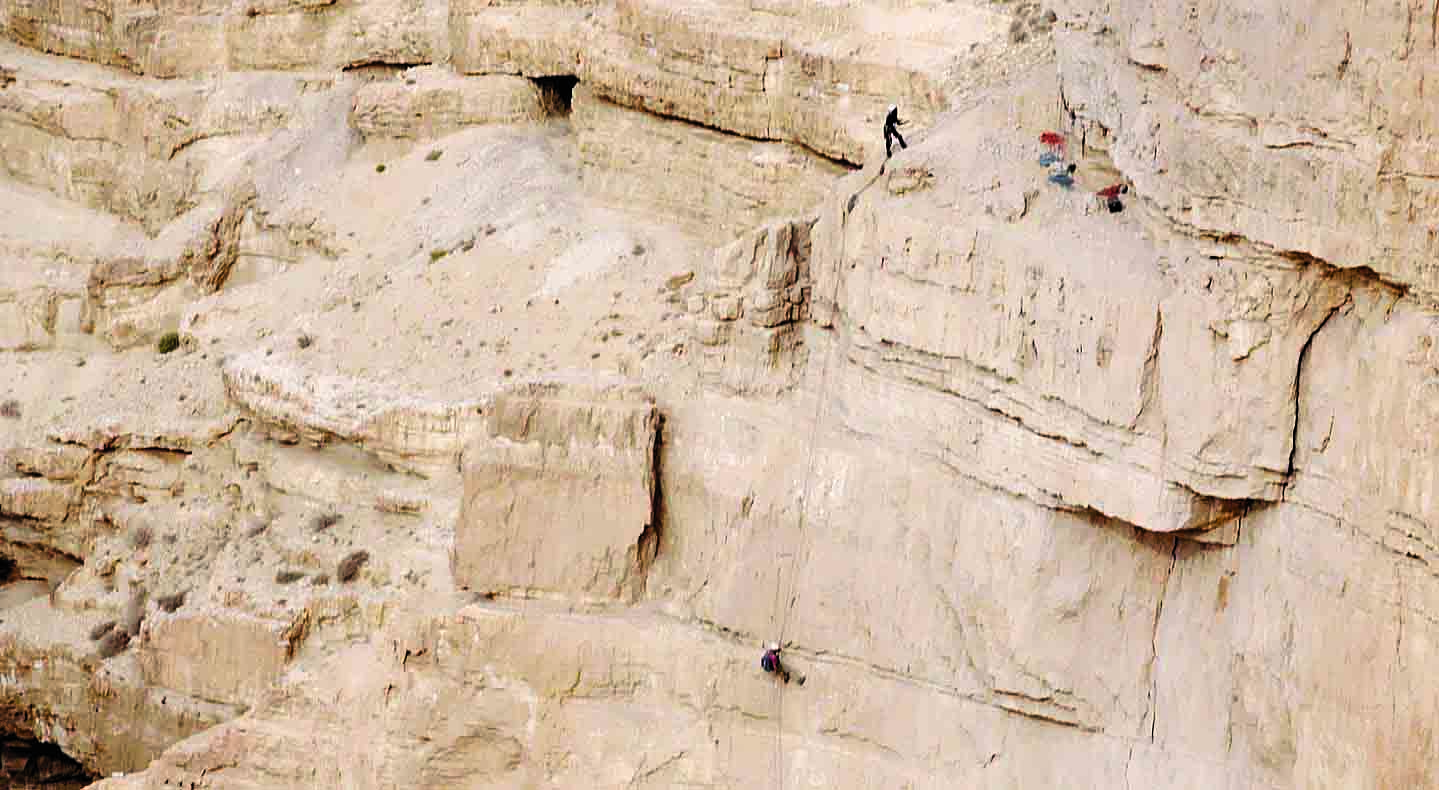
BOULDER, COLORADO—According to a statement released by the University of Colorado Boulder, Paola Villa and her colleagues have identified 98 flaked tools made from 400,000-year-old elephant bones at central Italy’s site of Castel di Guido. Villa said large numbers of Palaeoloxodon antiquus had died at the site, which is located in a gully carved by a stream, allowing hominins, possibly Neanderthals, to develop complex bone technology and the systematic production of tools from standardized “blank” pieces of long bone. Some of the tools were pointed and may have been used to cut meat, while others were wedges that may have been used to split long bones. A single tool made from a wild cattle bone resembles a “lissoir,” a long tool thought to have been used to smooth leather, she added. Lissoirs are thought to have been commonly used about 300,000 years ago, she added. Read the original scholarly article about this research in PLOS ONE. To read about the oldest dental filling in the teeth of a late Pleistocene hunter-gatherer whose remains were found in northern Italy, go to "Not So Pearly Whites."










